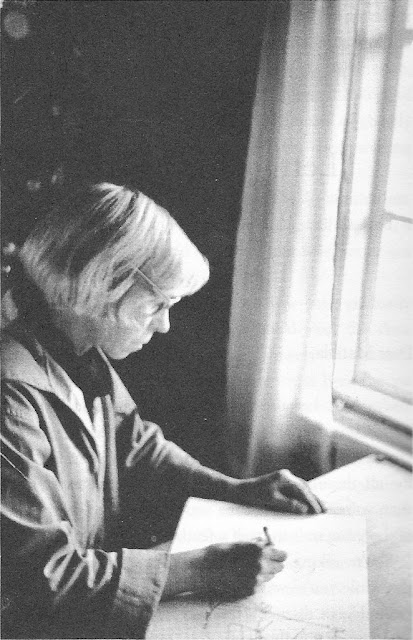H. P. Lovecraft – ‘At the Mountains of Madness’
‘It’s no good, I can’t carry on.’
‘Then don’t – I wasn’t going to read it either.’
‘It just keeps repeating itself, without ever coming to the point. Or at least... Do you think there are psychological insights in store, or...?’
‘No, it’ll just turn out to be something horrible.’
‘There’s all this shitty mythology, this made-up book, what’s it called? The Necronomicon.’
‘I’ve heard of that. Terry Pratchett’s Necrotelicomnicon refers to it.’
‘Why would you refer to it? Why not just completely ignore it?’
‘He’s taking the piss.’
‘Well, that’s better than nothing. Or, it isn’t better than nothing, but it is better than taking it seriously.’
S. and I may have our differences about Terry Pratchett, but it seems we do agree about H. P. Lovecraft. For thirty pages I was relatively intrigued, having decided to overlook the fact that the opening sentence doesn’t make sense (‘I am forced into speech because men of science have refused to follow my advice without knowing why’*). Mostly this was because the story is set in Antarctica and it reminded me of a biography of Shackleton I quite liked. The place names – the McMurdo Sound, Mount Erebus, the Ross Sea – were enough on their own to impress, I was up for an Antarctica story. What I was not up for was a story that belittles Antarctica by pretending that it is actually the back of a gigantic stegosaurus from space**. After sixty pages I couldn’t take the plodding build up any more. Why is there a Vaselines song about this man? Awful, awful.
* Oh, hang on, maybe it does. But it’s still a horrible way of putting it.
** This is a guess, and, so I am told, wrong. But still, it is a story without any interest in character.
‘Then don’t – I wasn’t going to read it either.’
‘It just keeps repeating itself, without ever coming to the point. Or at least... Do you think there are psychological insights in store, or...?’
‘No, it’ll just turn out to be something horrible.’
‘There’s all this shitty mythology, this made-up book, what’s it called? The Necronomicon.’
‘I’ve heard of that. Terry Pratchett’s Necrotelicomnicon refers to it.’
‘Why would you refer to it? Why not just completely ignore it?’
‘He’s taking the piss.’
‘Well, that’s better than nothing. Or, it isn’t better than nothing, but it is better than taking it seriously.’
S. and I may have our differences about Terry Pratchett, but it seems we do agree about H. P. Lovecraft. For thirty pages I was relatively intrigued, having decided to overlook the fact that the opening sentence doesn’t make sense (‘I am forced into speech because men of science have refused to follow my advice without knowing why’*). Mostly this was because the story is set in Antarctica and it reminded me of a biography of Shackleton I quite liked. The place names – the McMurdo Sound, Mount Erebus, the Ross Sea – were enough on their own to impress, I was up for an Antarctica story. What I was not up for was a story that belittles Antarctica by pretending that it is actually the back of a gigantic stegosaurus from space**. After sixty pages I couldn’t take the plodding build up any more. Why is there a Vaselines song about this man? Awful, awful.
* Oh, hang on, maybe it does. But it’s still a horrible way of putting it.
** This is a guess, and, so I am told, wrong. But still, it is a story without any interest in character.




